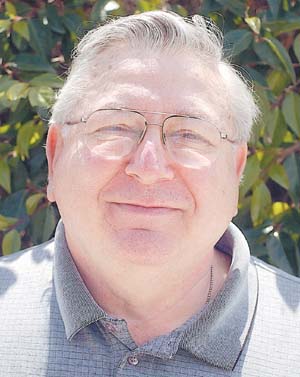Politicians are always looking for effective buzzwords; by effective I mean words that stir positive visions with the voters. The fact that the words may mean something that neither the speaker nor listener truly understands does not matter. As the economy remains sour, the loose use of buzzwords related to jobs has followed suit. This may be causing us to look for solutions that do not exist or do not fit. Discussing economics also allows me to skip the most overused buzzword, all forms of “diverse.”
The employment buzzwords du jour are green, sustainable, high-tech and local jobs – but what does that mean? Buzzwords are inevitably euphemisms, “the substitution of a mild, indirect, or vague expression for one thought to be offensive, harsh, or blunt.” A high-tech job is a euphemism for one that is good-paying, physically undemanding, clean, and has regular hours. A sustainable job offers long-term employment with few layoffs or cutbacks. A green job makes a low environmental impact, and a local job is one close to home.
Problem one, by employee percentage, very few high-tech jobs are good-paying except for those with special skills and qualifications. Merely assembling these products is low tech, labor intensive work usually done overseas to keep the cost down. Some tech jobs are physically demanding – working in a clean room bunny-suit for 12-hours can be exhausting – and because the capital equipment is so expensive, operations are usually going around the clock in centralized locations. Those jobs cannot be dispersed to be local to everyone.
Importantly, the jobs are neither green (they use exotic elements and many hazardous chemicals) nor sustainable; rapid innovation and change is the key to technology while today’s leader is often tomorrow’s laggard. From 2010 to 2013 the U.S. smartphone market exploded, but the share belonging to the original leader, BlackBerry, dropped from 18 million phones to 8 million while Androids went from 3 million to 67 million. In three years BlackBerry announced layoffs of more than 11,500 employees – the last was 40% of the workforce. High-tech employment is for the nimble; therefore, having many nearby opportunities is crucial for both employees and employers; no one wants to be out there alone.
Most so-called green jobs require the highest intellect in design and lowest cost in manufacturing; solar panels are designed at MIT and made in China. Even then they are marginally competitive when it comes to the cost of energy generation. Patrolling the fence at the latest renewable energy installation is not a high-tech or green job.
Company headquarters are located for prestige, synergism, and easy access to technology and financing, as they want a Silicon Valley address. San Benito County’s semi-rural locale, small and undereducated doesn’t fit. It’s not an insult; it’s a macro, not micro problem. You don’t put an NFL stadium in the quarterback’s hometown; you put it where it accomplishes your business goals.
The five-year average of San Benito County’s working age residents (25 to 65) showed 18.7% (5,361) had a bachelor’s degree or higher, a rate less than half that of Santa Cruz County. Santa Clara had 35 times San Benito’s working age population, but it had 90 times the workers with college degrees. Merced County had only 12.6%; however, our limited population meant we still had 9,856 fewer prime-age degreed workers than Merced.
We should certainly welcome perfect and great jobs, but our primary aim should be those that fit best. Unemployment is poverty’s breeding ground; almost any job is a good job when you need a paycheck.










